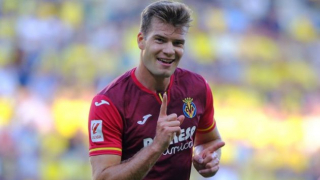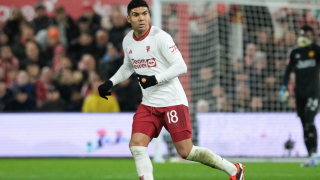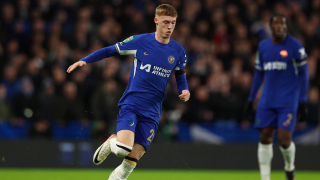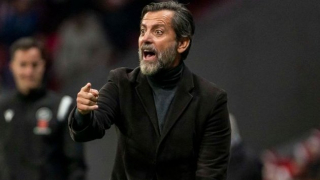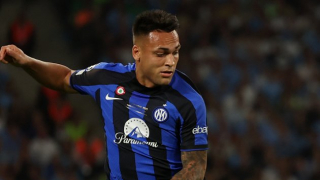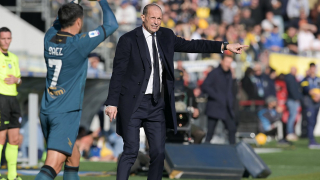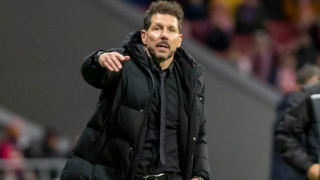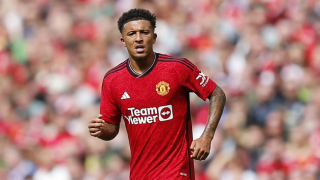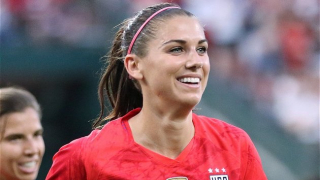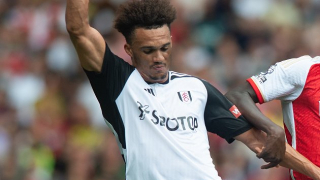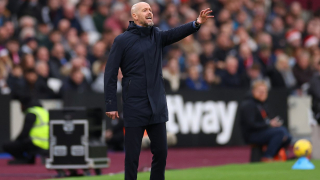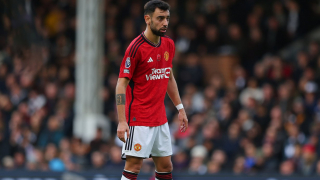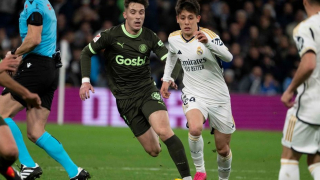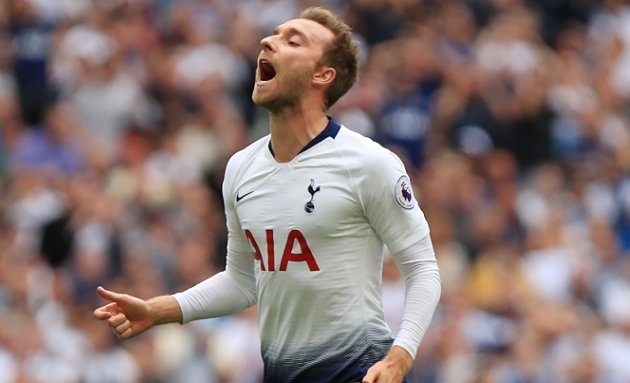In 2013/14, Tottenham received a gargantuan sum of money from Real Madrid for the sale of Gareth Bale. Their Welsh attacking talisman moved on for around £85 million, and the proceeds were immediately reinvested into the first team squad.
Etienne Capoue, Nacer Chadli, Vlad Chiriches, Christian Eriksen, Erik Lamela, Paulinho and Roberto Soldado were the additions facilitated by Bale's departure. Of those names, Eriksen's is the only one that stands out.
In the five years since, Eriksen has developed into one of Tottenham's most important players in one of the club's most successful eras. He and the team have grown together, and his role has gradually changed. Now, the 26-year-old is among the finest playmakers in the world, but that doesn't mean further progress isn't possible.
While at Ajax, he grew into a true No.10. With his lightweight frame and silky touch, the role seemed perfect for him. But after a temporary flirtation with a similar role under Andre Villas-Boas in his first season in England, Tim Sherwood shifted him to the left wing. Mauricio Pochettino soon succeeded Sherwood as Spurs' manager, though the changes of position didn't stop.
Eriksen was rotated between the wider positions and the central attacking position he seemed ideally suited to at Ajax. At the same time, he struggled to make a consistent impact on games. Some blamed this on his build and footballing education not being a fit for the English Premier League, others cited the team's tactical approach. However, the positional changes rarely jarred – under Pochettino he has only ever been a winger in a nominal sense. And, over time, he adjusted to his manager's tactical demands.
Pochettino's is a game based on intense pressing and positional attacking. Defensively, he regularly instructs his players to collectively close down their opposition in the opposition half, with the back line residing somewhere between halfway and the edge of their own 18-yard box. Within this style, even the attacking players are expected to contribute without the ball. Eriksen has grown into this particular phase – in his first season at Tottenham he averaged one tackle per game; since Pochettino took over he has averaged 1.3.
Offensively, Pochettino is an advocate of positional play. His players are expected to maintain a rough structure, though they retain the license to float within set parameters. Eriksen has adapted his movements to suit this approach, often appearing in dangerous positions in the right inside channel when Tottenham attacks move into the final third. From those positions his superlative crossing ability has often been utilised to devastating effect.
Perhaps the most noteworthy development in Eriksen's individual game under Pochettino has been his increasing influence on the team's possession. As a youngster he was a provider of finishing or assisting touches, and this remains the case today. But he is now so much more than a pure maker or taker of chances in and around the final third; he is more involved in build-up than ever before.
Morten Olsen, who used to manage Eriksen at international level, was once highly critical of the player in this respect.
"Eriksen was not able to control the game and therefore we blame him," the former Denmark manager said. "It's a brutal world…he must stand up to the criticism."
Eriksen didn't shy away, though. Rather, he continued to improve and, at the summer's World Cup in Russia, he played a vital part in his country's run to the knockout stages. Granted, in that team his skills weren't exactly maximised, as he often operated off of a lone target man and chased second balls rather than getting on the ball and making things happen, but his willingness to accept the role showed versatility.
He remains an attacking midfielder for Denmark, but for Tottenham he is evolving into a quarterback. In the recent victory over Fulham, he spent much of his time in the central midfield area, connecting moves and looking to open up the opposition defensive block. Michael Laudrup once said of the playmaker that, "He needs players around him to make the runs as he's not the quickest himself." With the likes of Harry Kane, Dele Alli, Son Heung-min and Lucas Moura making runs ahead of Eriksen for Spurs, there are plenty of opportunities for him to use his precise passing.
Over the last two years, the Dane has found himself occupying deeper spaces more frequently than before. This perhaps explains why his key passes per game average has dropped. He spoke about this at the end of last season, saying: "I'm trying to control the game a bit more, be a bit more involved."
This modification may be accelerated in 2018/19, as Pochettino looks to use his finest creator at an earlier stage of the team's attacking play. Evidently, Eriksen is ready for the change.

